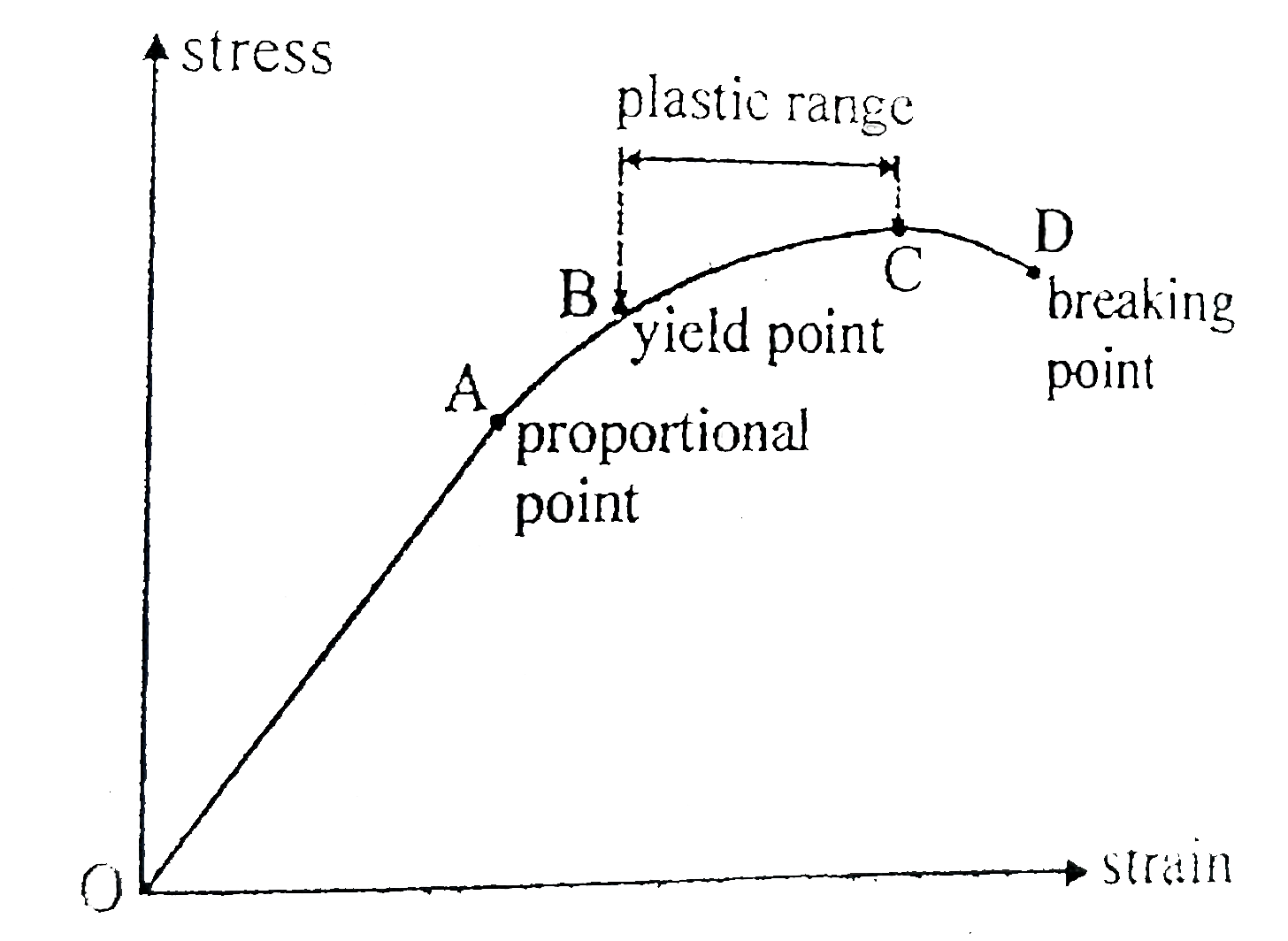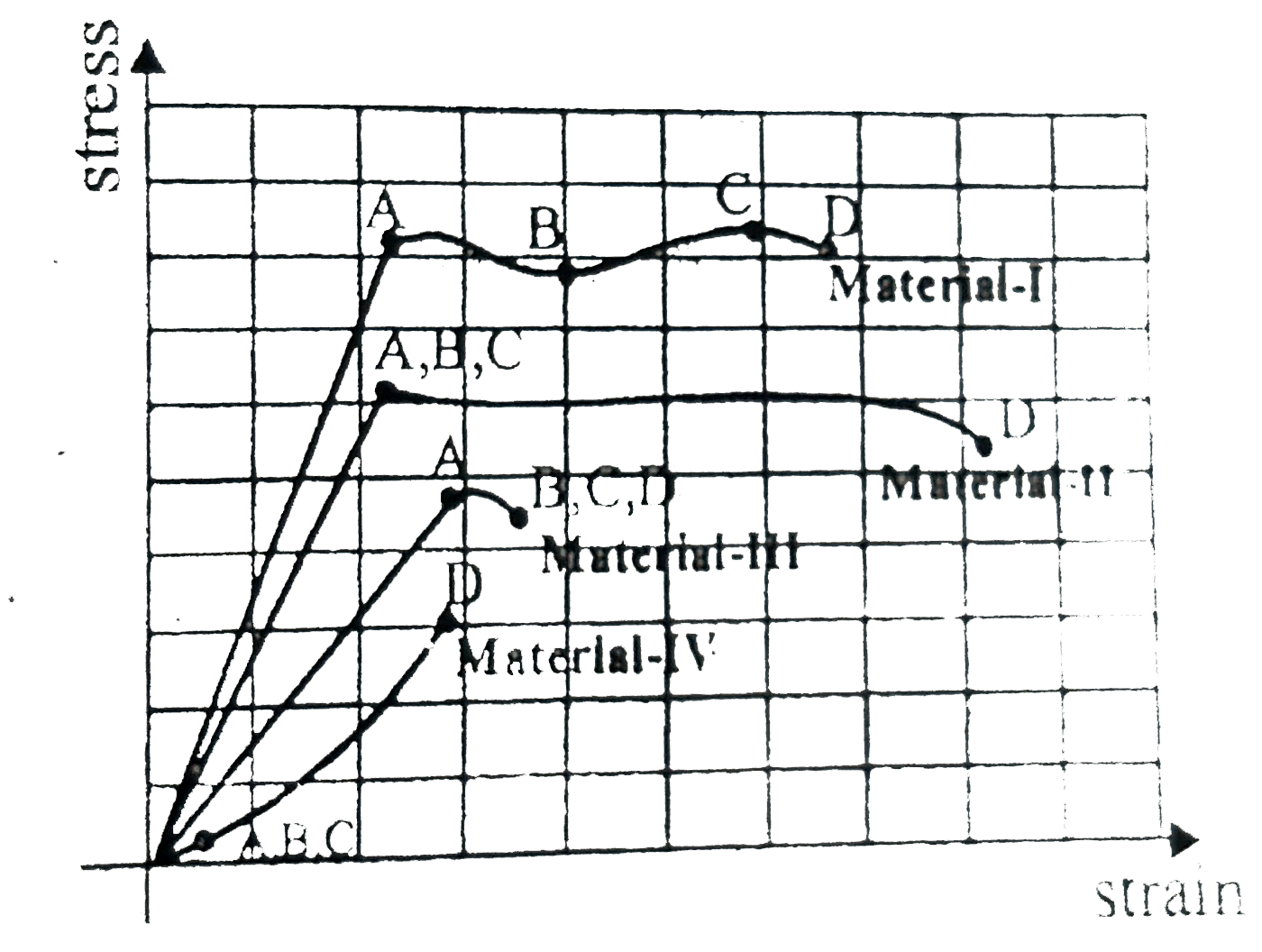A rubber band stretches and reverts back to its original position. Bubble gum stretches but it would not return to its original position.
Is there anydifference between the two processes ? Discuss it with respect to plant growth (hint elasticity (reversibel) plasticity (irresversible)
Step-by-Step Solution:
1. Understanding the Concepts:
- Elasticity refers to the ability of a material to stretch and then return to its original shape once the force is removed.
- Plasticity, on the other hand, is the ability of a material to undergo permanent deformation when a force is applied, meaning it does not return to its original shape.
2. Examples:
- A rubber band is an example of an elastic material. When stretched, it can return to its original shape once the stretching force is removed.
- Bubble gum, however, is an example of a plastic material. When stretched, it deforms permanently and does not revert to its original shape.
3. Application to Plant Growth:
- In plant growth, elasticity is seen in certain plant cells that can stretch (like the cells in young shoots) and return to their original size, allowing for growth without permanent change in structure.
- Plasticity in plants refers to how plants can adapt their growth and form in response to environmental conditions. For instance, leaves may change shape based on whether they are submerged in water or exposed to air. This is an irreversible change.
4. Key Differences:
- Reversibility: Elastic materials (like rubber bands) can revert back to their original shape, while plastic materials (like bubble gum) cannot.
- Function in Growth: Elasticity allows for temporary changes that facilitate growth, while plasticity allows for permanent adaptations to environmental conditions.
5. Conclusion:
- Both elasticity and plasticity are important in plant growth, but they serve different purposes. Elasticity allows for flexibility and temporary changes, while plasticity allows for permanent adaptations to the environment.
- Elasticity refers to the ability of a material to stretch and then return to its original shape once the force is removed.
- Plasticity, on the other hand, is the ability of a material to undergo permanent deformation when a force is applied, meaning it does not return to its original shape.
- A rubber band is an example of an elastic material. When stretched, it can return to its original shape once the stretching force is removed.
- Bubble gum, however, is an example of a plastic material. When stretched, it deforms permanently and does not revert to its original shape.
- In plant growth, elasticity is seen in certain plant cells that can stretch (like the cells in young shoots) and return to their original size, allowing for growth without permanent change in structure.
- Plasticity in plants refers to how plants can adapt their growth and form in response to environmental conditions. For instance, leaves may change shape based on whether they are submerged in water or exposed to air. This is an irreversible change.
- Reversibility: Elastic materials (like rubber bands) can revert back to their original shape, while plastic materials (like bubble gum) cannot.
- Function in Growth: Elasticity allows for temporary changes that facilitate growth, while plasticity allows for permanent adaptations to environmental conditions.
- Both elasticity and plasticity are important in plant growth, but they serve different purposes. Elasticity allows for flexibility and temporary changes, while plasticity allows for permanent adaptations to the environment.
Topper's Solved these Questions
- BOOK - NCERT EXEMPLAR ENGLISHCHAPTER - PLANT GROWTH AND DEVELOPMENT EXERCISE - Long Answer Type Question3videos
PLANT GROWTH AND DEVELOPMENT
- BOOK - NCERT EXEMPLAR ENGLISHCHAPTER - PLANT GROWTH AND DEVELOPMENT EXERCISE - Very Short Answer Type Question13videos
PLANT GROWTH AND DEVELOPMENT
- BOOK - NCERT EXEMPLAR ENGLISHCHAPTER - PHOTOSYNTHESIS IN HIGHER PLANTSEXERCISE - Long Answer type Question13videos
PHOTOSYNTHESIS IN HIGHER PLANTS
- BOOK - NCERT EXEMPLAR ENGLISHCHAPTER - PLANT KINGDOMEXERCISE - LONG ANSWER TYPE QUSTIONS5videos
PLANT KINGDOM
Similar Questions
A car travels from A to B and returns to its original position.
The distance between A and B is 2000 m.
Find the total displacement of the car.View SolutionA car travels from A to B and returns to its original position.
The distance between A and B is 2000 m.
When can the magnitude of distance and displacement be equal for a body in motion?View SolutionA ball is projected from the ground with speed u at an angle α with horizontal. It collides with a wall at a distance a from the point of projection and returns to its original position. Find the coefficient of restitution between the ball and the wall.
View SolutionA particle on a stretched string supporting a travelling wave, takess 5.0s to move from its mean position to the extreme position. The distance between two consecutive particle, which are at their mean position, is 3.0cm. Find the wave speed (∈m/s).
View SolutionFigure shows the relationship between tensile stress and strain for a typical material. Below proportional point A, stress is directly proportional to strain which means Young's moudulus (Y) is a constant. In this region the material obeys Hooke's law.

Provided the strain is below the yield point 'B' the material returns to its original shape and size when the force is removed. Beyond the yield point, the material retains a permancnt deformation after the stress is removed. For stresses beyond the yeld point, the material exhibit plastic flow, which means that it continues to elongate for little increases in the stress. Beyond C a local constriction occurs. The material fractures at D (i.e. breaking point). The graph below shows the stress-strain curve for 4 different materials.

Material which is good for making wires by stretching isView Solution_S01_066_Q01.png)
The diagram shows a force extension graph for a rubber band, consider the following statements
(I). It will be easier to compress this rubber than expand it.
(II). Rubber does not return to its original length after it is stretched.
(III). The rubber band will get heated if it is stretched and released.
Which of these can deduced from the graph-
(a). III only
(b). II and III
(c). I and III
(d). I onlyView SolutionTwo men each of mass m stand on the rim of a horizontal circular disc, diametrically opposite to each other. The disc has a mass M and is free to rotate about a vertical axis passing through its centre of mass. Each mass start simultaneously along the rim clockwise and reaches their original starting positions on the disc. The angle turned through by disc with respect to the ground (in radian) is
View SolutionA particle on a stretched string supporting a travelling wave, takes 5.0 ms to move from its mean position to the extreme position. The distance between two consecutive particles, which are at their mean positions, is 2.0 cm. Find the frequency, the wavelength and the wave speed.
View SolutionA boy stretches a stone against the rubber tape of a catapult or gulel (a device used to detach mangoes from the tree by boys in Indian villages) through a distance of 24 cm before leaving it. The tape returns to its normal position accelerating the stone over the stretched length. The stone leaves the gulel with a speed 2.2 m/s. Assuming that the acceleration is constant while the stone was being pushed by the tape, find its magnitude.
View SolutionA mass m attached to a spring of spring constant k is stretched a distance x0 from its equilibrium position and released with no initial velocity. The maximum speed attained by mass in its subsequent motion and the time at which this speed would be attained are, respectively.
View Solution

